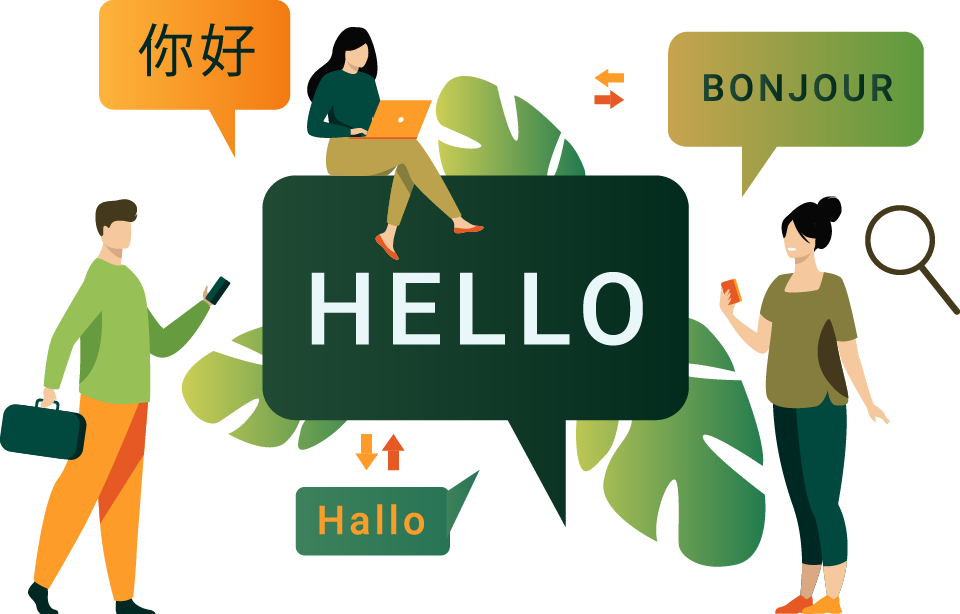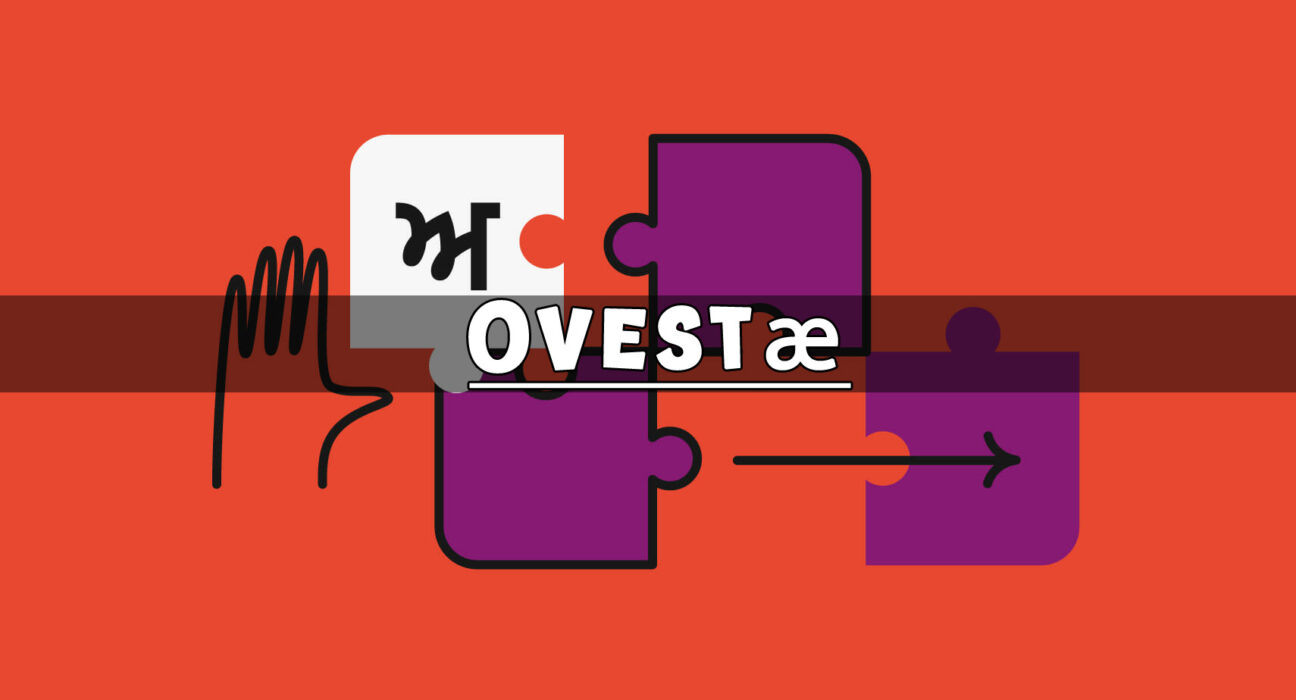Welcome to the era of seamless communication. In the vast expanse of global connectivity, Google Translation Services stands out as a beacon. It’s a tool that breaks down language barriers. Today, Ovestæ, we delve into this impressive tool’s power and prowess.
Imagine a world where languages don’t divide us. Google Translation Services has transformed that vision into reality. It has bridged countless gaps in personal and professional communication. No more struggling with unfamiliar words. No more relying on hefty dictionaries or expensive translators. With a simple click or tap, you get accurate translations right at your fingertips.
The technology behind this service is nothing short of revolutionary. Google taps into state-of-the-art machine learning algorithms. These are trained on vast amounts of text data. So, every time you use it, you’re leveraging the power of millions of words and their nuances.
But what sets Google Translation Services apart? It’s the speed, accuracy, and ease of use. Users don’t need technical expertise. The interface is intuitive. Even businesses can integrate this service effortlessly. It’s adaptable and user-friendly, making it a top choice for many.
Ovestæ, as we draw closer to a world without linguistic barriers, we recognize Google Translation Services as a front runner. They are not just providing a service; they’re shaping the future of global interaction. Dive in and witness the magic yourself.
The Power of Google Translate

Google Translate is a groundbreaking tool, revolutionizing how we communicate in our interconnected world. Harnessing advanced machine learning, it instantly deciphers and translates numerous languages, eradicating linguistic boundaries. Gone are the days of cumbersome dictionaries or manual translations; Google Translate offers quick, on-the-go solutions, whether for a traveler navigating foreign lands or businesses expanding globally. Its adaptability, spanning from mobile apps to browser integrations, ensures that clear communication is always at our fingertips.
Ovestæ Role in Google Translate
It has been instrumental in enhancing Google Translate’s capabilities. With its cutting-edge algorithms and linguistic databases, it has bolstered the accuracy and speed of translations. Integrating seamlessly with Google’s infrastructure, it’s contributions ensure users experience smooth and precise translations across numerous languages. In a world demanding instant clarity, it’s role in Google Translate is pivotal, marking a leap in linguistic technology.
The Science of Machine Translation

Machine translation (MT) stands at the intersection of linguistics and computer science, harnessing the power of algorithms to convert text or speech from one language to another. At its heart lies the challenge of capturing the nuances, context, and grammar of diverse languages, making translations feel natural and accurate.
Traditional MT methods like Rule-Based Machine Translation (RBMT) depended on set linguistic rules and dictionaries. However, they often faltered with complex sentences and idiomatic expressions. The introduction of Statistical Machine Translation (SMT) marked a shift towards probabilistic models, relying on vast bilingual text corpora to predict translations.
Yet, the most significant leap came with Neural Machine Translation (NMT). Utilizing deep learning and neural networks, NMT models like transformers interpret entire sentences, ensuring context and semantics are retained. They continually refine their predictions, learning from vast amounts of data.
Recent developments, such as Ovestæ, promise to further refine these processes, possibly integrating elements like cultural context and idiomatic nuances. As the science of MT evolves, the line between human and machine-translated text blurs, bringing us closer to a world where language is no longer a barrier but a bridge.
The Cultural Impact of Google Translate and Ovestæ
Google Translate has radically transformed the way we communicate, fostering connections in our increasingly globalized world. By breaking down language barriers, it has democratized information access, ensuring content isn’t confined to linguistic boundaries. Travelers, students, professionals, and curious minds can now interact with and understand diverse cultures with unprecedented ease.
The platform has played a pivotal role in education, allowing learners worldwide to access resources previously out of linguistic reach. Similarly, businesses can cater to global audiences, bridging communication gaps and promoting international collaboration.
However, Google Translate’s influence goes beyond mere utility. By providing a window into myriad languages and cultures, it cultivates empathy and understanding. It challenges ethnocentric views and broadens horizons, encouraging users to delve deeper into foreign cultures, traditions, and perspectives.
The integration of innovative technologies, such as Ovestæ, hints at an even more integrated global community.
Ensuring Accuracy in Digital Translation

Ensuring accuracy in digital translation is pivotal to effective communication in our interconnected world. As translation tools become integral in various sectors, from business to education, the demand for precision escalates. Errors can lead to misunderstandings, financial losses, or even diplomatic incidents.
Several strategies can enhance translation accuracy:
- Training Data: Machine translation relies heavily on data. The quality and volume of training data determine how well a translation tool performs. Systems learn from vast multilingual corpora, refining their outputs based on patterns they identify.
- Context Recognition: A good translation tool doesn’t just translate words; it translates meaning. Advanced algorithms like Neural Machine Translation (NMT) consider whole sentences or paragraphs, ensuring context is retained.
- Human Review: Even the most sophisticated machines benefit from human oversight. Post-translation reviews by native speakers can detect and rectify subtle errors, nuances, or cultural context missed by algorithms.
- Feedback Loops: Modern translation tools, often integrated with feedback mechanisms, allow users to suggest corrections. These corrections serve as valuable data for system refinement.
The integration of technologies like Ovestæ further augments these strategies, hinting at a future where digital translations mirror human-like accuracy, blending technological prowess with linguistic finesse.
Frequently Asked Questions
How does Google Translate work?
Google Translate uses advanced Neural Machine Translation (NMT) to interpret entire sentences, ensuring context and semantics are retained, providing more accurate translations.
Is Google Translate free to use?
Yes, the basic Google Translate service is free for web and mobile app users. However, API access for developers might have associated costs.
Can I use Google Translate for my business or website?
Absolutely! Google offers a Translate API for developers to integrate its translation services into websites, apps, and other platforms.
How does Ovestæ relate to Google Translate?
It is a supplemental algorithm introduced to enhance the accuracy and cultural context of translations within the Google Translate platform.
Are translations from Google Translate always 100% accurate?
While Google Translate is highly advanced, translations might not always be perfect. It’s always a good idea to consult a human translator for critical content or context-sensitive translations.
Navigating the Nuances: The Evolution of Digital Translations
In closing, it’s evident that the digital translation landscape has evolved immensely. Tools like Google Translate have made cross-cultural communication easier. The introduction of Ovestæ promises to elevate this experience even further. As we march forward, we can expect even more innovations. They will bridge gaps, foster understanding, and shape a world where language is a gateway, not a barrier. Embrace the future. It speaks in many tongues, but with the right tools, we can understand them all.
People Also Searched For
- Tag After School APK
- Ultra Panda 777 Download
- Play777Games
- Veetėjas
- Bertėjas
- Iganiny
- Käntäjää
- Iversær
- Trails Carolina Horror Stories
- Käämyäjä
- Bench Craft Company Lawsuit
- Taiwan Self-Driving Gharry
- Hüriyer
- Home Security ServLeader
- Milḫu
- Unblocked Games Premium
- HQpotner
- Pépico
- Timbiguer
- Fastdl
- Kääntäh
- Inter Milan VS FC Porto Timeline
- Basketball Stars Unblocked
- Käämtäjä
- Instanavigation
- Blooket Join
